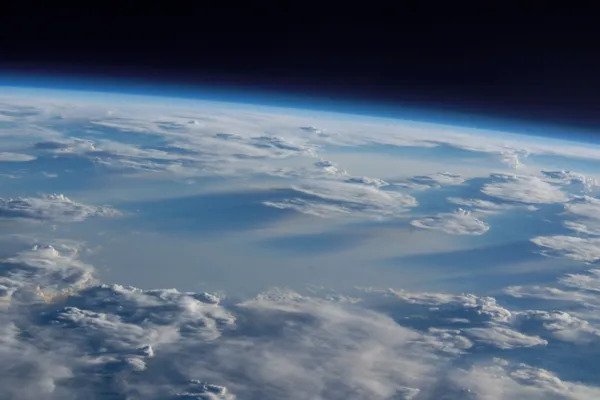You may have heard about the hole in the ozone layer, which hovers over Antarctica. It has shrunk over time thanks to policies that curbed the use of ozone-depleting chemicals. In the nearly 40 years that NASA has kept track, it has never been smaller. That’s the good news.
The bad news is that a separate hole in the ozone layer briefly opened up in the Arctic in March before closing in April, and climate change may be partly to blame.
This isn’t the first such rift to develop in the Arctic, but it is the largest. Scientists say that in March, a stratospheric polar vortex — a band of strong, frigid winds circling the pole — corralled chlorine and bromine that chewed away at the ozone layer. Scientists said that climate change may have set the stage for a colder, and thus more powerful, polar vortex.
“In those years when a vortex can spin and set itself up and be undisturbed, it’s getting colder and colder,” said Ross Salawitch, a climate scientist at the University of Maryland. Cold air strengthens polar vortexes, allowing them to deal more damage to the ozone layer, he said.
This year’s Arctic polar vortex was unusually strong and long-lived, helping to deplete the ozone layer. At the same time, currents that would normally deliver ozone from surrounding areas were stagnant. Read more…



